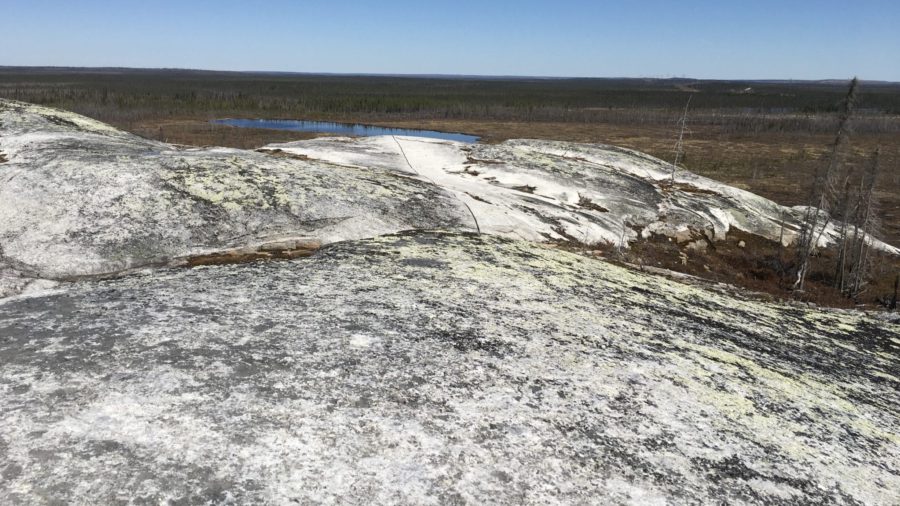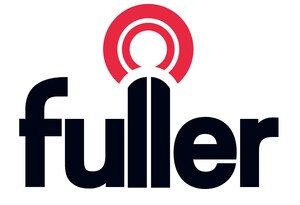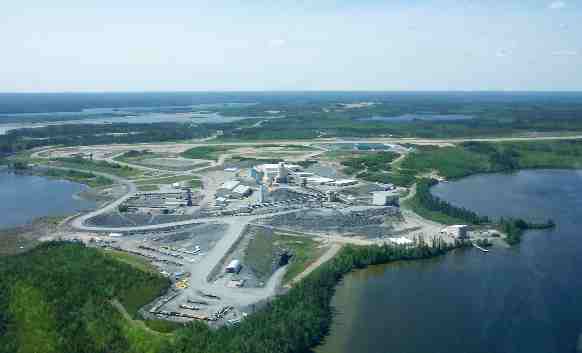Quebec crafts plan to advance critical and strategic minerals sector
Quebec has a modern, diversified, and somewhat dirigiste economy, where the Quebec government is not afraid to assume a central role. For decades now, the provincial government has attempted to identify economic sectors that – in its opinion – have a promising future. On Oct. 29, 2020, the government added the exploration and mining of minerals to the list when it released the Quebec Plan for the Development of Critical and Strategic Minerals (2020-2025).
The critical and strategic minerals sector now joins several others that the government has recently recognized as growth opportunities, including food production and transformation, electricity exports, green hydrogen, the electrification of transportation and batteries.
The Plan
The basic objective of the Plan is to support the exploration of Critical and Strategic Minerals (CSM) in Quebec as well as their production and recycling, all the while respecting local populations and the environment.
The CSM acronym encompasses 22 minerals deemed essential for the “new economy” and, in some cases, national security, including vanadium, rare earths, cobalt, titanium, nickel and lithium. Many of the CSMs are present in minable quantities in Quebec. Some of these are scarce in North America and would logically fall under the purview of the Joint Action Plan on Critical Minerals Collaboration announced on Jan. 9, 2020 by the Canadian and U.S. governments.
At the time of writing, there are six mines in Quebec producing the following CSMs: graphite, nickel, niobium, titanium and zinc. A seventh mine, Nouveau Monde’s Matawinie graphite project near Saint-Michel-des-Saints, is awaiting government authorizations to move into its commercial phase. An eighth project involves the extraction of magnesium from asbestos tailings in the Eastern Townships of southern Quebec. Earlier this year, Alliance Magnesium (AMI) closed a $145-million financing to develop a commercial process validation plant. The province has invested $13.4 million in AMI and lent another $12.5 million. If the plant validates the project, then AMI will seek financing for a much larger plant.
Objectives and action points
The Plan identifies 11 concrete objectives and puts forth 22 action points. We note among these the following:
- The Quebec government is prepared to support the exploration and mining of CSMs in a number of ways, including sharing the financial risk of exploration and assisting with relations with local communities and First Nations.
- The government wants to ensure that CSMs are used in Quebec and not merely exported, and to this end is prepared financially to support value-added CSM projects.
- The Plan places considerable emphasis on creating a circular economy where CSMs are recovered and reused, and is prepared to assist in R&D to facilitate recycling and reuse.
- While the government has focused on creating an environment favourable to CSMs and has resisted the urge of picking and choosing winning technologies – something very difficult to do accurately – it has agreed to fund further research in solid electrolyte batteries to be carried out by Hydro-Quebec’s IREQ research centre and the U.S. Department of Energy’s Lawrence Berkeley National Laboratory.
- Interestingly, the Plan is not just about CSMs. It also addresses the need for infrastructure in Quebec’s north and reaffirms Quebec’s environmental protection goals for that region. In other words, the Plan serves to reaffirm commitments made by previous governments, and under Plan Nord.
Opportunities
There are numerous opportunities all along the value chain, from exploration to urban mining. Below are some of the more immediate ones mentioned in the Plan:
- SOQUEM, a member of the Investissement Québec (IQ) group, is looking to form public-private partnerships to explore for CSMs in Quebec.
- The Ministry of Energy and Natural Resources (MERN) and the Ministry of the Economy (MEI) wish to fund R&D on CSM extraction, transformation and recycling.
- Many existing governmental funding programs, including some managed by IQ, are to be adapted to assist the CSM value chains.
- MERN will continue to support the introduction of artificial intelligence (AI) in mining.
- MEI will support projects to assist the deployment of automation and AI technologies in mining operations.
- MERN and IQ will support projects to extract CSMs and other minerals from tailings, such as the AMI project.
Erik Richer La Flèche is a partner in Stikeman Elliott’s Corporate Group, based in Montreal.





Comments